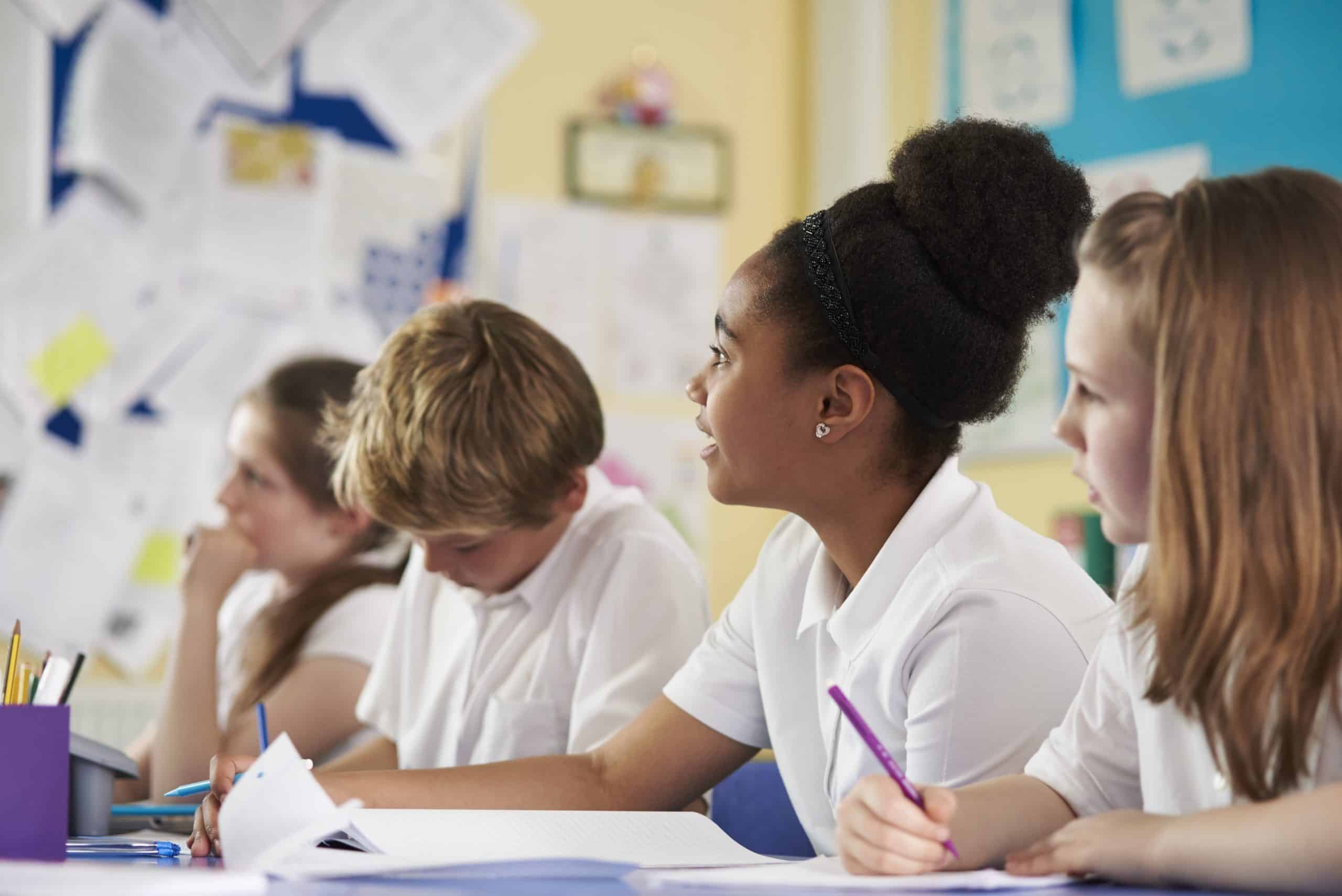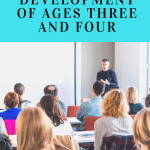If you don’t like to read, you haven’t found the right book.
-J.K. Rowling
This infamous J.K. Rowling quote is often used with reluctant readers who feel that they “hate reading.” And what do we do as teachers? With great intentions, we work to help them find just the right book that will cure their reading woes. While I would agree with J.K. Rowling to an extent, I would also suggest that if kids don’t like to read, that maybe they also haven’t found the right mode. As an educator whose experience is rooted in the ELA classroom, I spent many years finding ways to motivate reluctant readers. Most of my strategies centered around engagement and choice as we know that those two aspects are crucial to drawing students to literature. Forced reading and teacher picked novel schedules have not proven to be effective in jolting students into the world of literacy.
It wasn’t until I ventured into instructional coaching that I realized I needed to expand my own view on what it truly means to give students CHOICE. We often think of choice in terms of book variety, specifically novels, at the secondary level. As I began coaching teachers and helping them navigate supporting their reluctant readers, the following question began to form:
[bctt tweet=”Why do we continue to push ONLY novels….as if that is the only tool for reading?” username=””]
I noticed that many of our “initiatives” to foster a love of reading are based on GET.A.BOOK. Of course, books are our main modes for reading and should not be abolished by any means. Nonetheless, even great authors know that they are not just competing with other authors, but with our advanced world where everything is truly at students’ fingertips.
The literary world has to compete with YouTube, Instagram, PlayStation, Xbox, Hulu.
-Jason Reynolds
And we have SO much at our fingertips to spark the love of literacy. Gone are the days where all we had were books. So, with summer reading lists, Sustained Silent Reading (SSR), or D.E.A.R (Drop Everything And Read) times…let’s expand our view of what it can mean to truly engage students in reading.
Modes of reading that are often overlooked:
- Picture books– not so much in elementary but there is a misconception at the secondary level that picture books are ONLY for elementary (or too low of a level for older students). On the contrary, there are many complex picture books that are actually more suitable for older audiences.
- Graphic Novels/Comic books– while graphic novels and comic books are making their way to some classroom library shelves, more need to be added as options for students during reading time.
- Magazines- Students are usually not big fans of informational text, and magazines are a great way to foster more interest in non-fiction texts.
- Newspapers- antiquated? Maybe. Still valuable? Of course. We don’t always have to abandon other modes in order to stay relevant to students. Many have never touched, seen, or read an actual newspaper. Whether you keep current, outdated, or online newspapers, there is a real-world relevance and nostalgia that is tied to “reading the paper.” As with magazines, newspapers also open the door to the informational world for students.
- Blogs– Blogs are a huge mode of information for adults, yet we tend to leave this element out of students’ reading appetites. Whether students are reading each other’s blogs or kid-friendly sites, blogs can foster interest, motivation, and creativity in their literacy world.
- Articles/Short Stories/Poems– These modes tend to be used in whole class or direct instruction as they are common sources of reading comprehension work. However, if these pieces were more available for selection in students’ choices for reading, I believe that our instruction with these texts would be more powerful. Exposure is often underrated yet a necessary component in reading.
- Infographics/Ads/Brochures– inferring meaning from graphics is an important skill and is also part of many ELA standards. For reluctant readers, infographics/ads/brochures are a small way to perk their interest in a topic which could be a gateway to longer texts. Check out some free infographics to print for your classroom library.
- Biographies/Memoirs– More of these types of texts are necessary to give students access to others’ experiences as well as to build background knowledge.
- Audiobooks– Great for reluctant readers as it makes reading low risk and enhances engagement. Highlight a book and include a listening corner or station in your classroom that you offer during reading times, or even periodically, to add a special element to students’ classroom reading experience.
- Procedural/How-To Books: Students who have a strong interest in recipes, building, and creating would appreciate having these types of text to select from for reading.
If we truly want to be mindful of students’ interests, in conjunction with building their reading capacity, we must also consider that their interests may lie outside of the covers of a traditional book.
It wasn’t that the teachers were bad. From what I can remember, they were pretty good. It was about the selection of books. It was about not seeing my young life reflected back to me: my family dynamics, the noise and complexities of my neighborhood, the things I loved, like ice cream, trucks and Kool-Aid.
-Jason Reynolds
Our reading appetites change
Growing up I LOVED fiction and would have stacks of books that I devoured each week. As I grew older, high school and college reading requirements squelched my love of reading. I no longer enjoyed reading for fun because so much of my required reading was for academic purposes. This is common for many students as they cannot enjoy a text without a question being asked or an assignment being given. Educators know all too well the difficulty of balancing instruction and maintaining students’ love of reading. When I became a teacher, I entered back into reading through my students. I began to read what they were interested in and what they were discussing. As I continued to grow as an educator, my appetite changed again. Currently, I love reading blogs and books on pedagogy and culture. I even have spurts and seasons where all I want to read is poetry. My love for fiction remains dormant most times unless I come across a major page-turner. As an adult, I have volleyed over the years between different genres and modes. So, I can only imagine how frustrating it may be for students, who may experience the same changes and reluctance in their reading habits, to hear, “Get a book” during reading time…often without a variety of options available.
Are we offering a buffet or standard menu?
Most classroom libraries are moving with the wave to diversify and add more relevant texts. Nonetheless, we need to think of diversity in a myriad of ways. Students not only need to read about a variety of people, cultures, and genres…but read in a variety of modes. Varying our classroom libraries by offering a buffet of pieces will draw interest and help engage our reluctant readers. Do students walk into class to see a bookcase full of novels or do they walk into articles, blogs, infographics, magazines, picture books, novels, etc? Are students made to “get a book” or allowed to get any type of text for their reading time?
We must continue to add to, change, and stretch our libraries in order to support students in having and maintaining a well-balanced reading diet. How often do we spotlight different modes in our classrooms that break the traditional offerings for reading? If students don’t want to grab a book, why can’t they grab a different type of text?
Kids don’t have to read a novel to read.
While we want to expose students to a variety of authors and books, our reluctant readers may need a different approach. The lower the stakes, the more students are likely to be engaged in the process.
If kids want to read comic books, give them comic books! I don’t care what the gateway drug is, let kids read what they’re interested in.
-Levar Burton, SXSW 2019
When it comes to students’ reading, we must expand our offerings so that students can expand their interests and grow their appetites. If you want to expand your classroom reading menu, but are low on resources, here are some ideas to try:
- Ask your campus librarian if there are any books being discarded that you can have (some of my campus librarians had a refresh ever so often and would give outdated or duplicate books to teachers)
- Check out Half Priced Books– teachers can usually ask for donations of books and media for their classroom. They will prepare a box for you to pick up!
- Check your house!- A great deal of my classroom library came from books, magazines, papers, and texts I acquired myself. My students loved reading my old books, magazines, and papers. I scoured through to find appropriate items that could enhance my students’ choices.
- Print texts! – Infographics, poems, short stories, blogs/articles are all sources that can be printed if you don’t have technology access or actual books that include some of these modes. Set up a bin or table with some alternative selections in which students can choose.
- Explore Donor’s Choose and create a project to revamp your classroom library and literacy spaces.





I hate classic literature with a passion. I learned to hate the “classics” in high school. Offering real alternatives that really teach useful information is a step in the right direction.
Well said. This is about 80 years overdue. I gained knowledge through books but never with novels. Fiction is a waste of precious time.